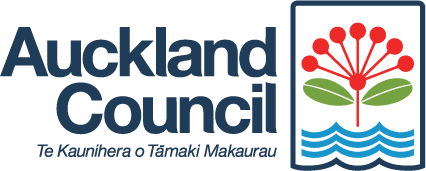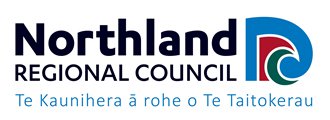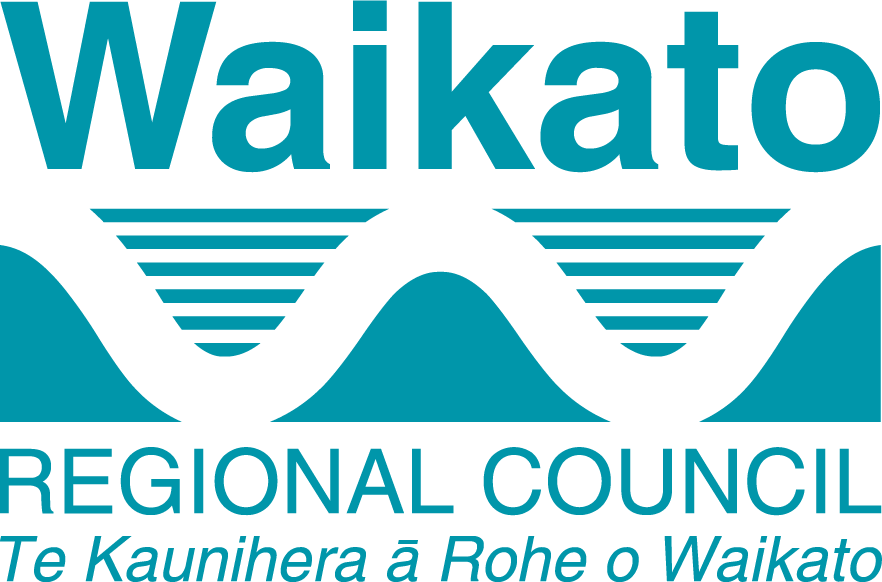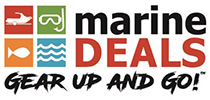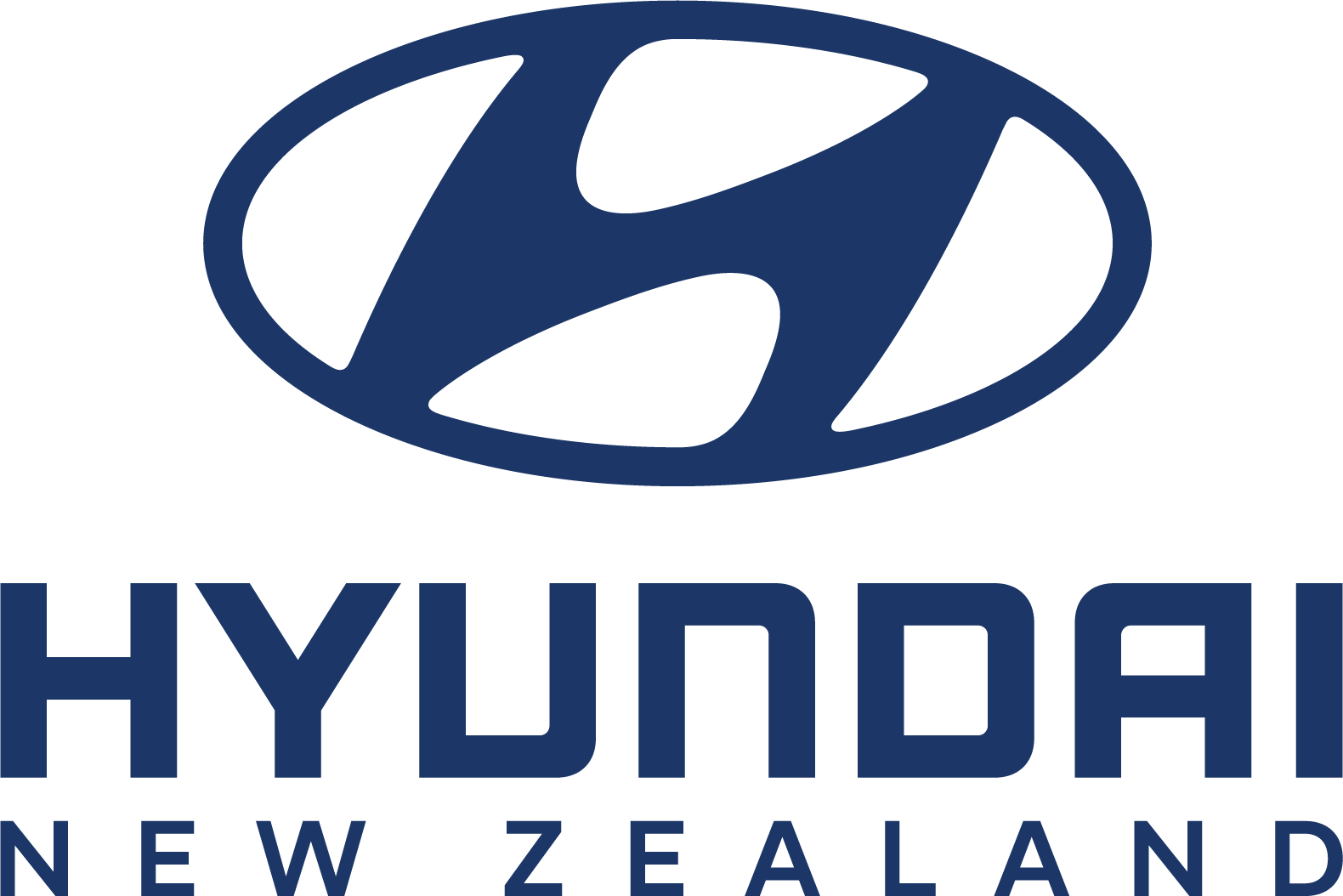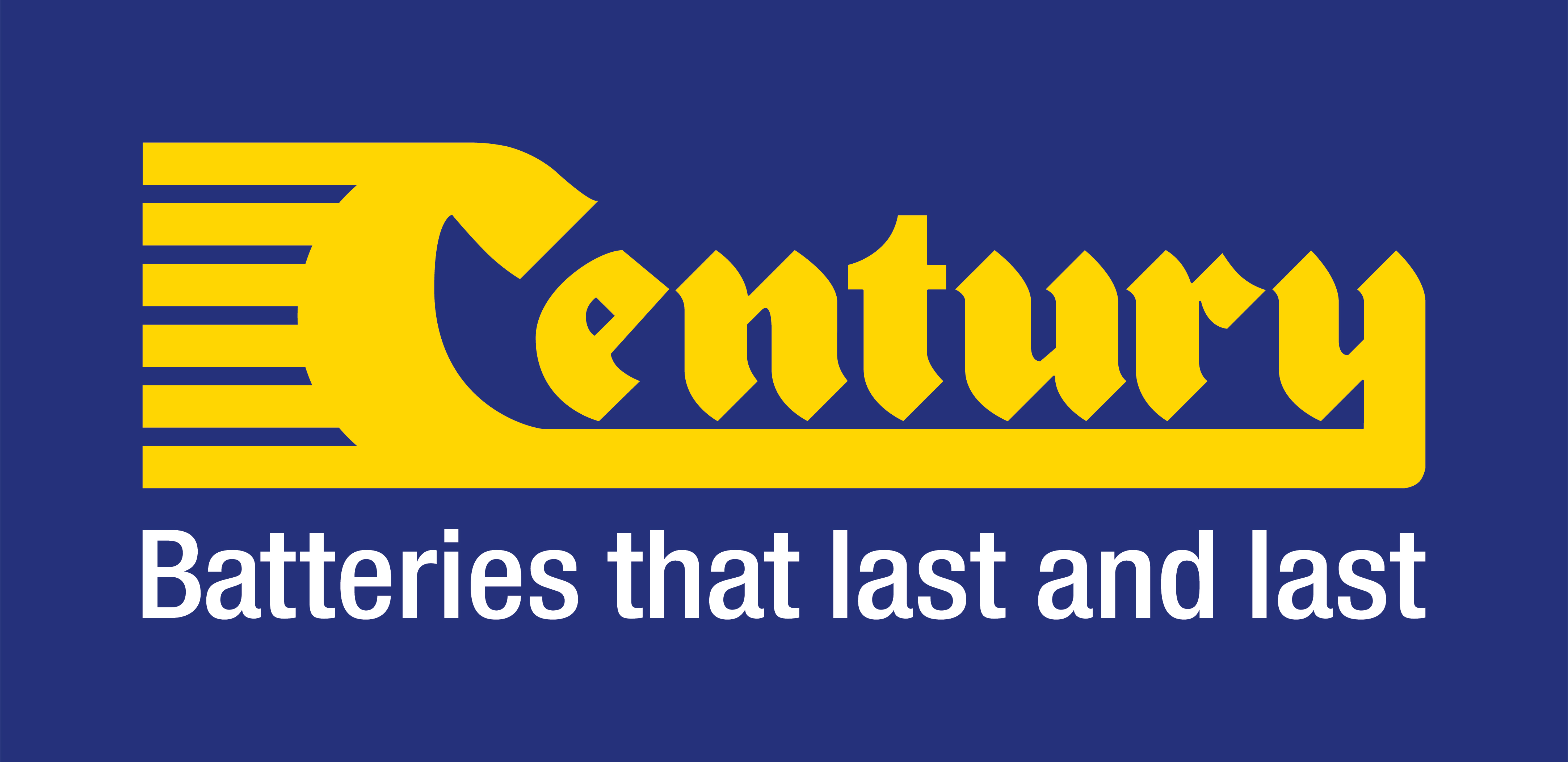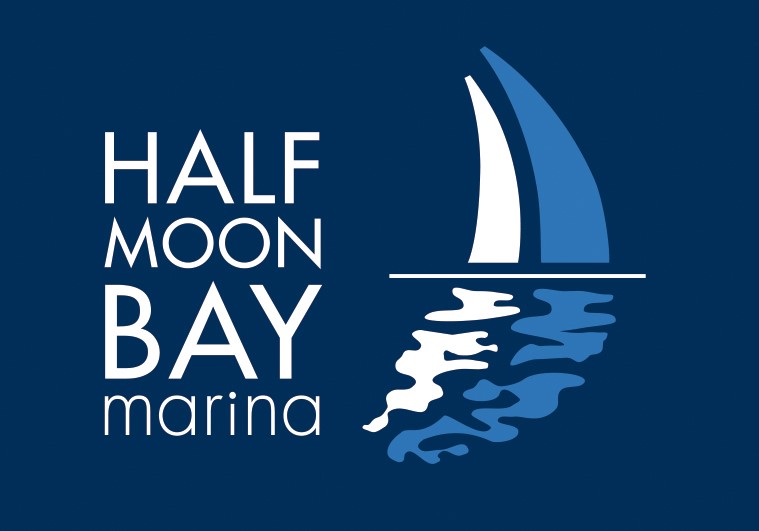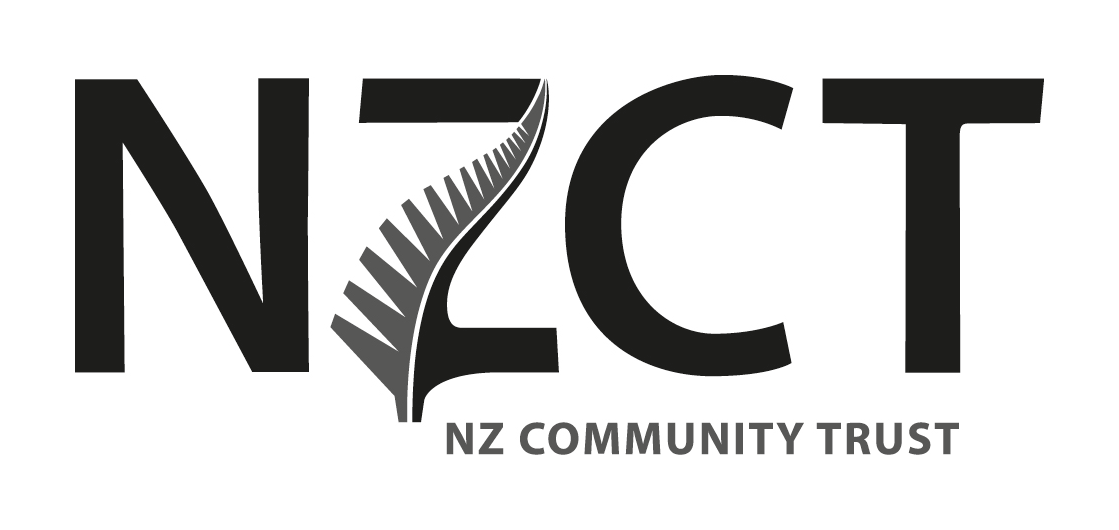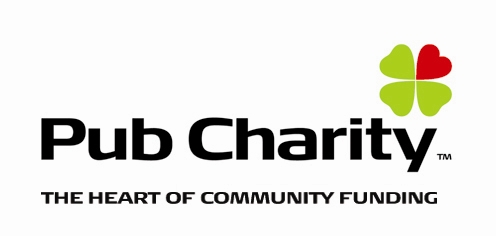Howick News
Engine Fire for Rescue Vessel HR1 April 2005
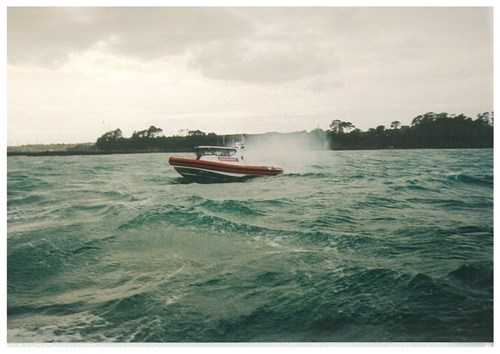 The last couple of months have proven to be very challenging for all at Howick with our pride and joy put out of action on 24th April due to an engine compartment fire whilst responding to a distress call at Gulf Harbour. For those who haven’t heard the story we were tasked by Operations to respond to a boat on the rocks with 1 person in the water 20 minutes north of Auckland at Gulf Harbour Whangaparaoa. The boat ran well all the way running with a 1 ½ - 2 metre swell in 25 – 30 knots of SW wind. Certainly well within the boats capability and a fairly smooth ride all the way, just the stuff she was designed for. Approx ¼ mile short of our target the boat stopped dead in the water with smoke billowing out of the air vents. Very quickly the realisation that we had a fire on board broke through the looks of stunned disbelief!! Yes it can happen on a diesel boat. The crew swung into action with the anchor dropped and the May Day call given very calmly by our navigator. Assessment of the situation quickly showed we were unable to fight the fire due to the fact that we couldn’t actually get at it as we didn’t want to lift the engine cover and expose the fire to more oxygen. Attempts to get the extinguishers nozzles into the fire and fit our air vent shut offs were fruitless with the crew being overcome by smoke and fumes. With explosions happening under the engine cover the decision was made that is was more prudent to abandon ship and we took to the water.
The last couple of months have proven to be very challenging for all at Howick with our pride and joy put out of action on 24th April due to an engine compartment fire whilst responding to a distress call at Gulf Harbour. For those who haven’t heard the story we were tasked by Operations to respond to a boat on the rocks with 1 person in the water 20 minutes north of Auckland at Gulf Harbour Whangaparaoa. The boat ran well all the way running with a 1 ½ - 2 metre swell in 25 – 30 knots of SW wind. Certainly well within the boats capability and a fairly smooth ride all the way, just the stuff she was designed for. Approx ¼ mile short of our target the boat stopped dead in the water with smoke billowing out of the air vents. Very quickly the realisation that we had a fire on board broke through the looks of stunned disbelief!! Yes it can happen on a diesel boat. The crew swung into action with the anchor dropped and the May Day call given very calmly by our navigator. Assessment of the situation quickly showed we were unable to fight the fire due to the fact that we couldn’t actually get at it as we didn’t want to lift the engine cover and expose the fire to more oxygen. Attempts to get the extinguishers nozzles into the fire and fit our air vent shut offs were fruitless with the crew being overcome by smoke and fumes. With explosions happening under the engine cover the decision was made that is was more prudent to abandon ship and we took to the water.
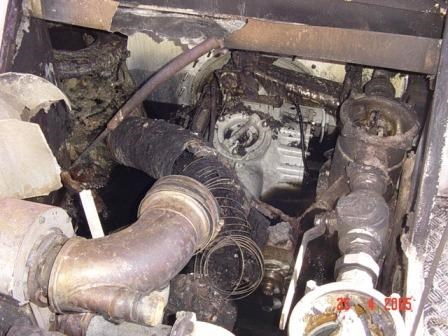 Finding ourselves as victims was quite a shock and added to that being in the water for 10 -15 minutes in 2 metre seas proved to be an experience the crew of 5 would never forget. The inflatable jackets did their thing and we were floating around in two groups. Interestingly despite jumping in at the same spot some of us drifted south and some north ending up in two groups. Getting away from the boat was extremely difficult as it was almost impossible to swim in the jackets and the waves kept driving us back to the boat. Eventually we worked out that fighting them only proved to be a good way to drink seawater and make an uncomfortable experience even more uncomfortable and floating on your back and kicking was the only way to move at all. After what seemed like an eternity but was in fact only a few minutes the launch and yacht that had been standing by the vessel on the rocks came to our aid. The next hurdle was getting far enough away from our burning boat so that the boats could pick us up. One of our crew remembers shouting instructions to the husband and wife crew on board to throw us rope, eventually they found one and threw it, and it promptly sank. Eventually and after a number of attempts all the crew were recovered without injury apart from our pride.
Finding ourselves as victims was quite a shock and added to that being in the water for 10 -15 minutes in 2 metre seas proved to be an experience the crew of 5 would never forget. The inflatable jackets did their thing and we were floating around in two groups. Interestingly despite jumping in at the same spot some of us drifted south and some north ending up in two groups. Getting away from the boat was extremely difficult as it was almost impossible to swim in the jackets and the waves kept driving us back to the boat. Eventually we worked out that fighting them only proved to be a good way to drink seawater and make an uncomfortable experience even more uncomfortable and floating on your back and kicking was the only way to move at all. After what seemed like an eternity but was in fact only a few minutes the launch and yacht that had been standing by the vessel on the rocks came to our aid. The next hurdle was getting far enough away from our burning boat so that the boats could pick us up. One of our crew remembers shouting instructions to the husband and wife crew on board to throw us rope, eventually they found one and threw it, and it promptly sank. Eventually and after a number of attempts all the crew were recovered without injury apart from our pride.
Other units, North Shore and Maraetai responded very quickly to our plight along with the local Manly Volunteer Fire Brigade on Hibiscus’s boats and a fire crew from Parnell on the Police rib. Some considerable time was spent dousing the engine cover area to try and cool it down until a fire crew with breathing apparatus’s could board the boat and finally extinguish it. After an hour a fire crew from the Police rib did manage to board the boat and the fire was put out. The boat was then towed back into Gulf Harbour marina to be lifted out.
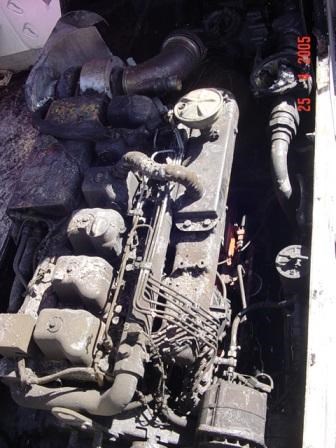 To say the boat was in a sad state would be an understatement. Initial thoughts were that the turbo had failed and caused a fire. Subsequent investigations showed that our under floor fuel tank had broken its mounts and pulled the fuel filler off the back end of the tank allowing around 300L of fuel to be dumped into the bilge. The engine to jet drive shaft/coupling had proven to be a wonderful mixing device and had thrown the diesel around the engine bay but mainly directly onto the turbo creating an ideally atomised mixture of fuel and air which ignited burning cables, plastic and sound insulation etc. Obviously very disappointing to have this happen and despite all the speculation that has gone on the cause has been identified as a failure of the tank mounting which enabled the tank to move forward and disconnect the tank filler which in turn allowed the fuel run out of the tank. Need less to say the tank fixing method will be substantially modified during the rebuild of the boat.
To say the boat was in a sad state would be an understatement. Initial thoughts were that the turbo had failed and caused a fire. Subsequent investigations showed that our under floor fuel tank had broken its mounts and pulled the fuel filler off the back end of the tank allowing around 300L of fuel to be dumped into the bilge. The engine to jet drive shaft/coupling had proven to be a wonderful mixing device and had thrown the diesel around the engine bay but mainly directly onto the turbo creating an ideally atomised mixture of fuel and air which ignited burning cables, plastic and sound insulation etc. Obviously very disappointing to have this happen and despite all the speculation that has gone on the cause has been identified as a failure of the tank mounting which enabled the tank to move forward and disconnect the tank filler which in turn allowed the fuel run out of the tank. Need less to say the tank fixing method will be substantially modified during the rebuild of the boat.
The boat is now under repair at McMullen and Wing in Mt Wellington and we hope to have it back in the water at the beginning of August better than ever. The new motor will arrive from Scania in Sweden mid June and we expect the bulk of the repair work to be finished prior to its arrival. We have taken the opportunity to make a few minor modifications at the same time so the boat should be better than ever when we get her back.
Lessons learned
What amazed all of us, even our most experienced crew members, was despite having carried out limited training with the jackets how much we didn’t really know about how our jackets performed in rough seas. Mostly we tend to practice in the shed and occasionally in calm water conditions. The challenge to all units is to learn from our experience and ensure all volunteers spend at least 15 minutes in rough seas in full kit in the water each year so that they are "comfortable" should they ever find themselves needing to tread water. I see this as not just desirable but vital now as we were "lucky enough" to be in an "ideal" situation close to shore, plane overhead, daylight and two private boats right at hand but it still took nearly 15 minutes to recover us. If we had been out in the Colville Channel as planned the night before then we would have been in serious trouble some 2 hours from help in the dark!! The outcome may not have been as positive as we have experienced this time.
The subsequent insurance investigation highlighted the fact that good maintenance and record keeping is not only vital in keeping our boats up to scratch but essential particularly after an event such as we experienced. The insurance company starts asking lots of probing questions, like the first one we were asked, "Who last worked on the boat and what did they do". Thankfully our records were good but it shows even the work we do ourselves needs to be well documented and records kept, and we will be changing our methods to make this area even better for the future.
Finally I think the biggest lesson learnt is training does have a point!! The fact that we all moan about the constant training and retraining the changes that have occurred in the last few years, particularly SSM and the accountability this now brings for our actions. Unfortunately we no longer in an environment where we can just wing it, we have to be trained and this training has to be documented and repeated regularly so that we do things instinctively even things we hardly ever have to do in real life. The single biggest complaint I hear over and over is about First Aid, why does all the crew have to do it? Why do we need to do even more to keep current? Well just with any training be it First Aid or life jackets who knows when you will need it and if I’m the one who is on the spot one day and I may just need to use it and the last thing the victim needs to hear is "just hang on minute mate while I get our trained first aider" or "let me read the label on the jacket to see how it works". We must be ready at all times this means regular and constant training.
With HR1 out of action we were restricted to our 4.3 m rib for local inshore work. But being unhappy with this and not wanting to be restricted in this way, the search was on to find a suitable fill in boat. Thanks to the generosity of Adam Wickes from Rayglass an Auckland Coastguard member and ex Trillion Rescue Alpha skipper, we are pleased to advise we are back on the water in Adams personal Rayglass Protector kitted out as Howick Rescue 3. As I write this all the SSM paperwork is complete and all our skippers have been re assessed for our COC’s on this new boat so that we are again fully operational. A big thank you to Adam for his generosity in loaning us his boat whilst ours is being repaired. I know the crews are looking forward to going boating in, and partaking of, the Rayglass experience that others rave about.
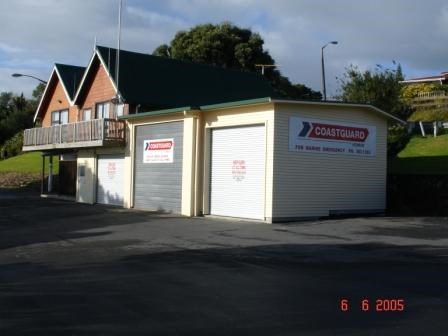 Whilst all this has been going on we have completed our shed extension with the whole interior painting being carried out by two of our longstanding member’s members. Jim McPherson and Bob Long, what a great job!!! Thanks guys.
Whilst all this has been going on we have completed our shed extension with the whole interior painting being carried out by two of our longstanding member’s members. Jim McPherson and Bob Long, what a great job!!! Thanks guys.
A couple of weeks ago the sign writing was put up and looks brilliant. There is no doubt now who occupies the sheds on Howick beach with that reflective signage doing its stuff even at night.
To finish I want include a article written by one our members which I missed getting into last months newsletter which I believe typifies why we all risk our necks and go sea when others stay at home and why we need to treasure and nurture the great Coastguard Team!!!!!!!!!!!
Coastguard family
Sometimes as a volunteer you forget about the tremendous network of the Coastguard family. You are working away within your unit - out there doing the work you are trained to do – patrolling, towing and rescuing. You see your neighbouring units out on the water – stop for a chat – bit of rivalry and even at times a bit of abuse.
Howick has now witnessed firsthand the extended Coastguard family in action and are very aware of the tremendous support that this family has within its ranks.
First on the scene – Auckland Ops Room – organizing all resources immediately – air patrol – so fast ? not true they were already there !! Pity you didn’t have a scoop net.
Brooke – 22 mins from Bucklands Beach to the ops room even on a Sunday.
John Cowan – is it true that he had a tear in his eye.
Northshore Coastguard – 45 knots and lots of air points earned I hear – thanks guys, especially to the crew member on the end of the fire hose sitting waist deep in water trying to cool our hot number down.
Maraetai Rescue – smashing their way to the scene – apologies to you for any broken gear.
Hibiscus Rescue – another "black sheep" turned into a golden angel.
Howick thanks each and every Coastguard member who helped us through this event both during and after – we are now very aware of our Coastguard family and extremely proud to be a part of it.
Cheers
Howick Volunteer Coastguard

